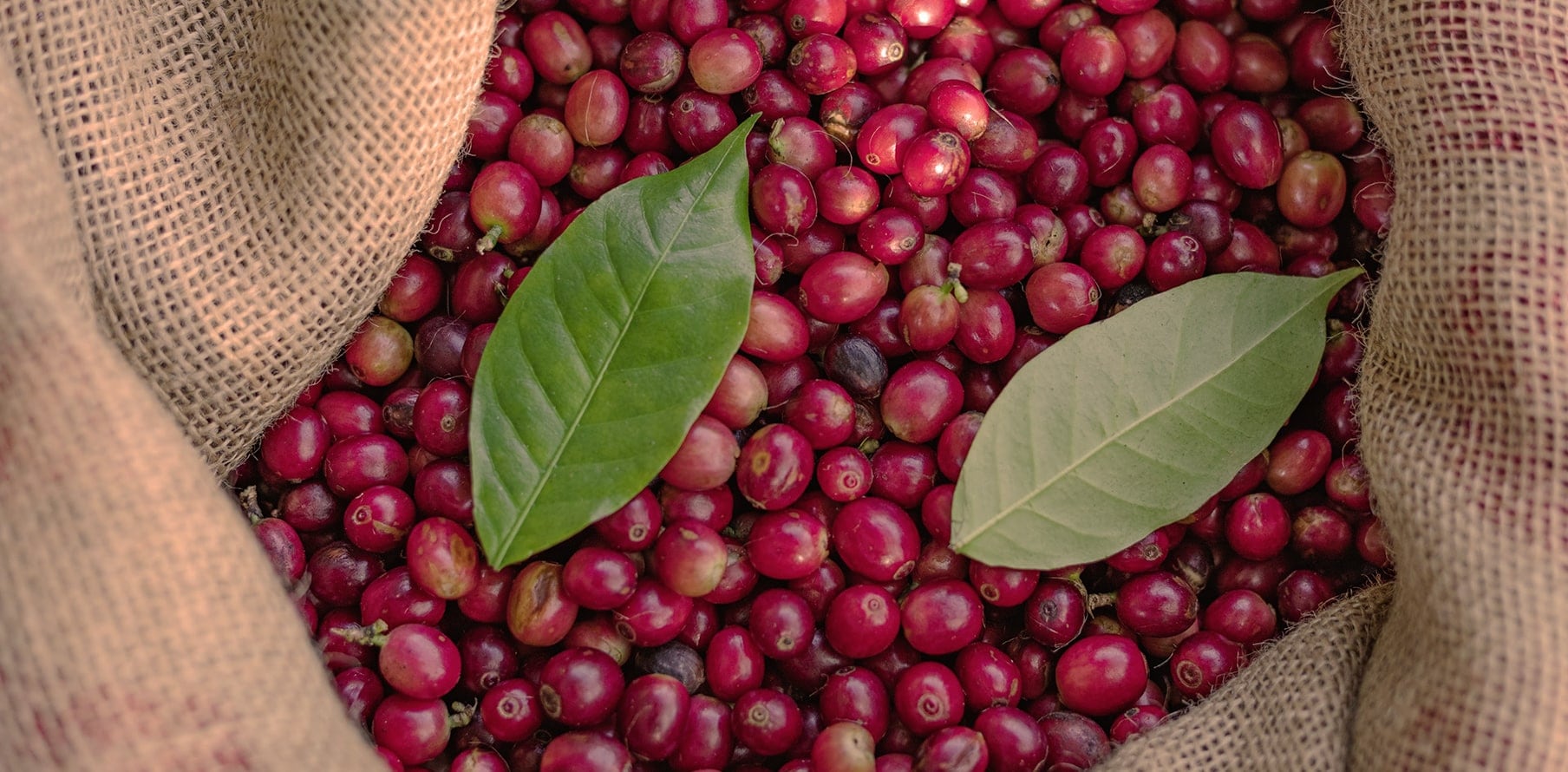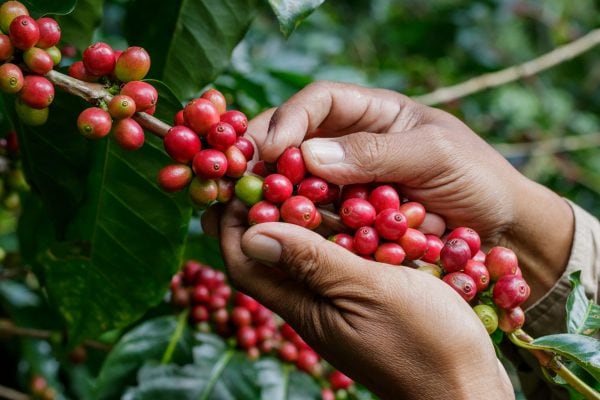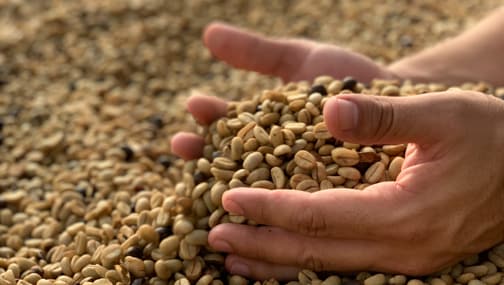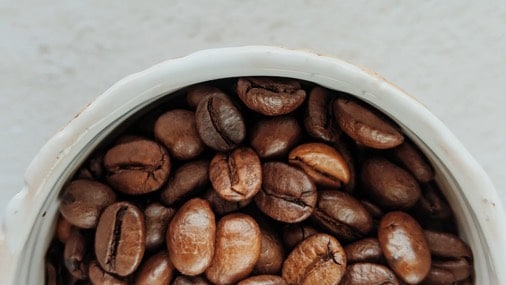
Trends & Lifestyle
When browsing the shelves of your favourite roaster or online store, you could be forgiven for thinking that there are an infinite number of varieties and forms of coffee available, each one requiring a fair amount of care and attention to guarantee the perfect coffee experience.
While that’s true and just like any specialty product there are a lot of tweaks and tricks to make it unique, the reality is that everything starts with the coffee bean, where it was grown, how it was treated and how it was prepared before it reached your coffee machine.
It’s not too different to wine, when you think about it. There are countries famous for their wine production and within those countries there are different types and qualities. Everything along the production chain, including the amount of water it receives, the sunshine it’s exposed to, how fertile the soil is and the time that passes from picking to roasting affects the final taste in your cup.
The Origins
Ethiopia – the traditional birthplace of Coffee.
This is where our passion for coffee originated from. There are many accounts of coffee existing as far back as the 13th Century in the Kingdom of Kaffa in Ethiopia, but the world had to wait until the 15th Century before coffee consumption made it to the nearby region of the Sufi monasteries of Yemen.
Middle Eastern & North African Coffee – the appearance of the first Cafés.
By the 16th Century Coffee had made its way to the Middle East and North Africa, with the first cafés opening in Constantinople (now Istanbul, Turkey) towards the second half of the same century. It didn’t take long for these cafés to become the preferred meeting places for diplomats, artists, authors and intellectuals.
Italian Coffee and the importance of Venice – coffee spreads throughout Europe.
The Venetians were the first Europeans to import this new beverage from the Middle East at the turn of the 17th Century. At first it wasn’t widely accepted but things changed when Pope Clement VIII approved it for consumption by Catholics. After a few years, the first European coffee house opened in 1645 in Venice, which actually quite close to the De’Longhi hometown of Treviso.
As Venice was a popular hub for trade, it didn’t take long for these cafés to spread out across Europe, thanks in no small part to the British India Trade Company and the Dutch East India Trade Company that quickly introduced Europeans to coffee who embraced it with open arms. To this day, coffee is still a cherished characteristic of the modern European lifestyle.
Coffee Bean types
Understanding coffee means knowing the different varieties, which is actually quite simple as there are just three: Robusta, Arabica, and Blended, the latter of which is simply a mixture of the first two to produce a new taste and flavour.
Arabica Coffee
Arabica is the world’s most popular coffee type. A quick characteristic rundown of Arabica is that it’s low in caffeine, low in acidity and high in flavour and aroma.
Arabica coffee comes from the beans of a Coffea arabica plant, which originated in Ethiopia.
These plants produce what’s widely considered a high-quality bean and produce very flavourful and aromatic coffee. Arabica beans are normally cultivated at altitudes beyond 3,000 feet above sea level.
Robusta Coffee
Robusta beans are made from the beans of the Coffea canephora plant, the origins of which are in Africa. They have twice the caffeine content of Arabica beans and are notoriously bitter, making them ideal for instant coffee, espresso, and as a filler in certain blends of ground coffee.
Blended Coffee
Blending is essentially the technique of mixing complementary coffee beans from multiple locations and roasting them together, taking advantage of the various characteristics that enhance the final product and produce the ultimate best taste.
Roasted Coffee Beans
Coffee beans are commonly roasted in three different ways.
• Light roast
Lighter taste and a higher acidity level.
• Medium roast
Often called the “classic roast” this has a strong but sweet taste and a near perfect acid and aroma blend.
• Dark roast
This distinctive roasting technique makes it easy distinguish the roasted flavour of the bean.
Coffee is also available in other speciality roasts, the most popular of which are the French roast, the Italian roast and the Spanish roast.
Grinding coffee beans
Beans stay fresher for longer than ground beans, which is why we always recommend using freshly ground coffee for the best coffee experience. Ground coffee coarseness is crucial to the final flavour, aroma and quality of the coffee in your cup. A finer setting will bring out more flavour and aroma but may also be slightly more bitter as more solubles pass into the cup. A coarser setting will make a milder and more pleasant drink.







Testo vario
Join us
Policies
Support